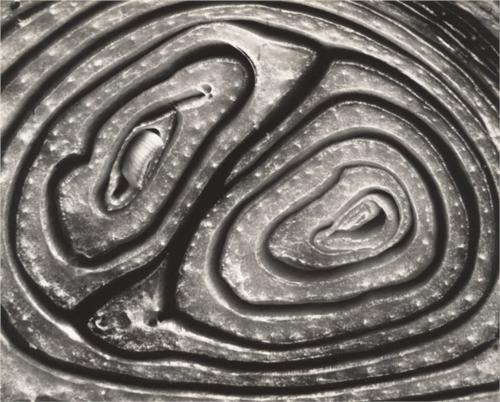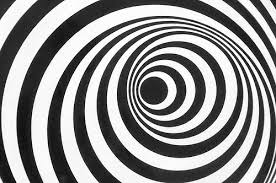Whether you like it nor not, your art is often the reflection of who you are and where life has taken you. That may be an unnerving idea, but it seems to be one that most artists, in all disciplines, have to come to terms with.
“You don’t make a photograph just with a camera. You bring to the act of photography all the pictures you have seen, the books you have read, the music you have heard, the people you have loved,” wrote Ansel Adams. And for photography, you can substitute any art form, from dancing to singing to visual arts or theatre.
Images of Sacha Copland dancing on a wine barrel at La Porte Peinte residency in Noyers, France, as she choreographs a new work, The Wine Project, tells us about all her past experiences and ideas. As she herself writes about The Wine Project, "There in the glass was the soil of a place and in that soil was a soul”.
Sacha Copeland, Artist Director, Java Dance Company, New Zealand (photograph courtesy of Emma Hellowell)
Sacha Copeland, Artist Director, Java Dance Company, New Zealand (photograph courtesy of Emma Hellowell)
Sacha Copeland, Artist Director, Java Dance Company, New Zealand (photograph courtesy of Emma Hellowell)
Frequently, the artist has little awareness of what is going into the art being created, if that small inner voice is in charge. It is only later that one realizes that there is a wonderful circularity in what is happening, a reason and its result, direct and obvious or much more subtle. It may be years and years later that something seen, something experienced comes floating up and into the art.
I began to realise, for instance, that my childhood exposure, on walls of my home in Tanzania, to Japanese woodcuts, wonderful prints that had been created after the 1923 earthquake in Yokohama, Japan, was the reason for my always feeling comfortable with negative spaces reaching all four sides of a piece of paper. Drawing or watercolours, it does not matter: I feel almost compelled to use the entire surface of the paper, edge to edge, to create “dis-balanced” spaces that play into the whole composition. To me, it is part of my concept of art-making; I feel very strange when I confine the work I am creating to the inner parts of the paper, leaving blank space around the image.
To me, the richness of art forms resides to a great degree on all these inner layers of life experience that the artist brings to the act of creation. Sometimes you capture and understand them, sometimes you don’t. There, again, part of the fascination of art is how each of us completes the dialogue of the art work.In other words, sometimes that artist’s life experiences resonate with the viewer. Sometimes they don’t because the viewer has had a radically different life and finds it difficult to find bridges stretching across to the artist’s world.
The question that lingers at the back of my mind is: what happens as present-day ever-accelerating giant changes in technology, urbanization, life styles and cultural mores show up more and more in art forms?
Do these changes create huge divergences in art and its adherents, particularly between generations? Or do we continue to acknowledge that certain art, in whatever form, transcends generations and centuries because the richness and power of its content and message? And, ultimately, who amongst us is the arbiter of the enduring character of that art? The super-wealthy buying at art auctions, the more “humble” supporters of all forms of art, governments and/or non-profit art organisations funding the arts, or who?
I wonder if Ansel Adamsthought of those “down-stream” aspects of art-making as he created his wonderful photographs.















